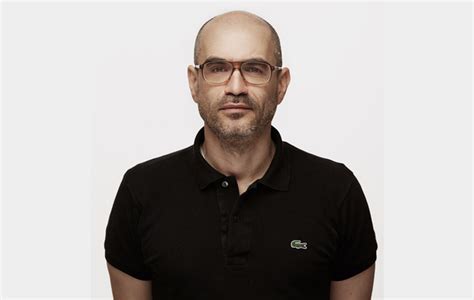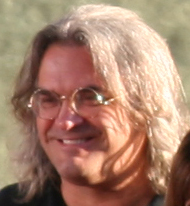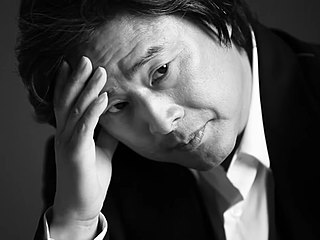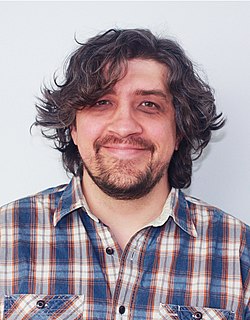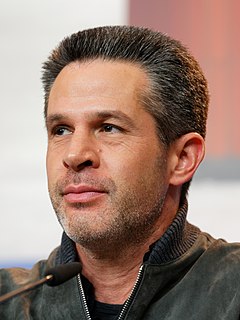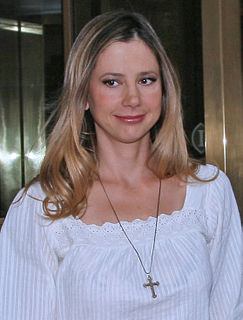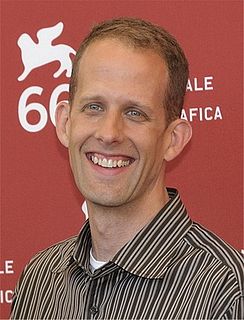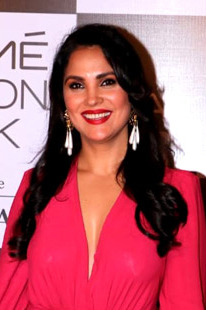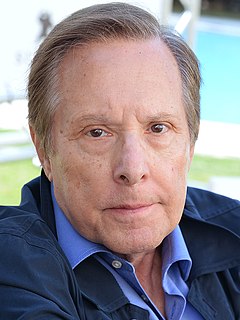A Quote by John Lee Hancock
I really don't storyboard unless it's an action sequence of some kind, but I plan carefully.
Related Quotes
That and when you're doing live action you don't normally get to see the thing before it's in production. In this case we'd go in every couple weeks and look at animatic and sketches. The way they do it - is they'll put it up on a screen and the storyboard artist who worked on that sequence will talk you through it. Kind of like a pitch session. Then they would leave and we would sit there with the directors and say 'Alright - what if we change that? What if we do that?' It's very different from live action.
I generally go into a movie with a very strong vision, with how I want to make the film, how I want to shoot the film, how I want to edit the movie, what I want the sound to sound like. So I have a very concrete idea even if I don't storyboard it, I know exactly what I want to do once I get into the sequence. Now having said that, I try not to let that slave me to the process. So if I do storyboard a sequence I don't necessarily stick to it if I discover more exciting things on set.
In Korea is what I do is I watch the playback of each take with all of the actors and spend a lot of time discussing each take. Also, I use the process we call auto-assembly because I storyboard my entire film right at the beginning, even before pre-production ever begins, so my vision is already laid out on the storyboard for everybody to share. It enables the on-set assembly person, as we call them, to cut together each take into a sequence. This enables a director to review the take within the context of the sequence of the scene.
Of course there's a value in a storyboard if you do a big - let's say an action movie and actors have to move and act in front of a green screen because entire backgrounds exploding and cars flying through there have to be created separately, and in this case you better make sure the actors are precisely placed and the background action is moving in a certain moment, for this type of film you would need a storyboard.
Thoughts are ephemeral, they evaporate in the moment they occur, unless they are given action and material form. Wishes and intentions, the same. Meaningless, unless they impel you to one choice or another, some deed or course of action, however insignificant. Thoughts that lead to action can be dangerous. Thoughts that do not, mean less than nothing.
When in a movie like 'Housefull' you have to create comedy out of falling on a glass table or jumping from huge heights, it's all action, but packaged as comedy. Here you don't just have to perform a heavy-duty action sequence, but you have to make it look funny and that is really difficult. But it's fun... and I really enjoy it.
I do all my work by storyboard, so as I draw the storyboard, the world gets more and more complex, and as a result, my North, South, East, West directions kind of shift and go off base, but it seems like my staff as well as the audience, doesn't quite realize that this has happened. Don't tell them about it.
I do all my work by storyboard, so as I draw the storyboard, the world gets more and more complex, and as a result, my North, South, East, West directions kind of shift and go off base, but
it seems like my staff as well as the audience, doesn't quite realize that this has happened. Don't tell them about it.
[Action's] a Western thing. We think of the hero going into battle, rebelling against a government or an oppressor, but [in KUNDUN] action is nonaction or what appears to be nonaction. That's a hard concept for Western audiences. . . . We wanted to show a kind of moral action, a spiritual action, an emotional action. Some people will pick up on it; some won't.

